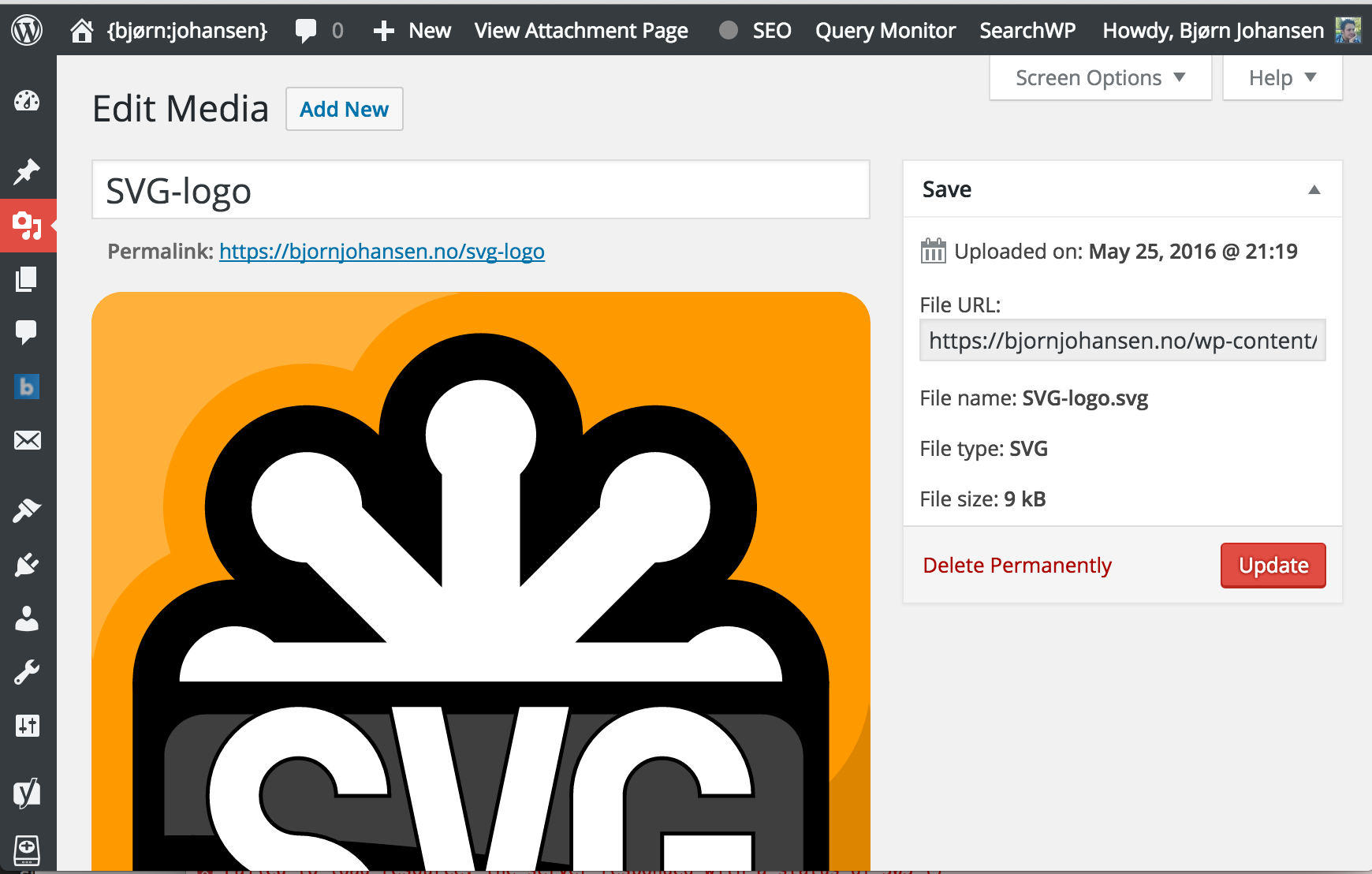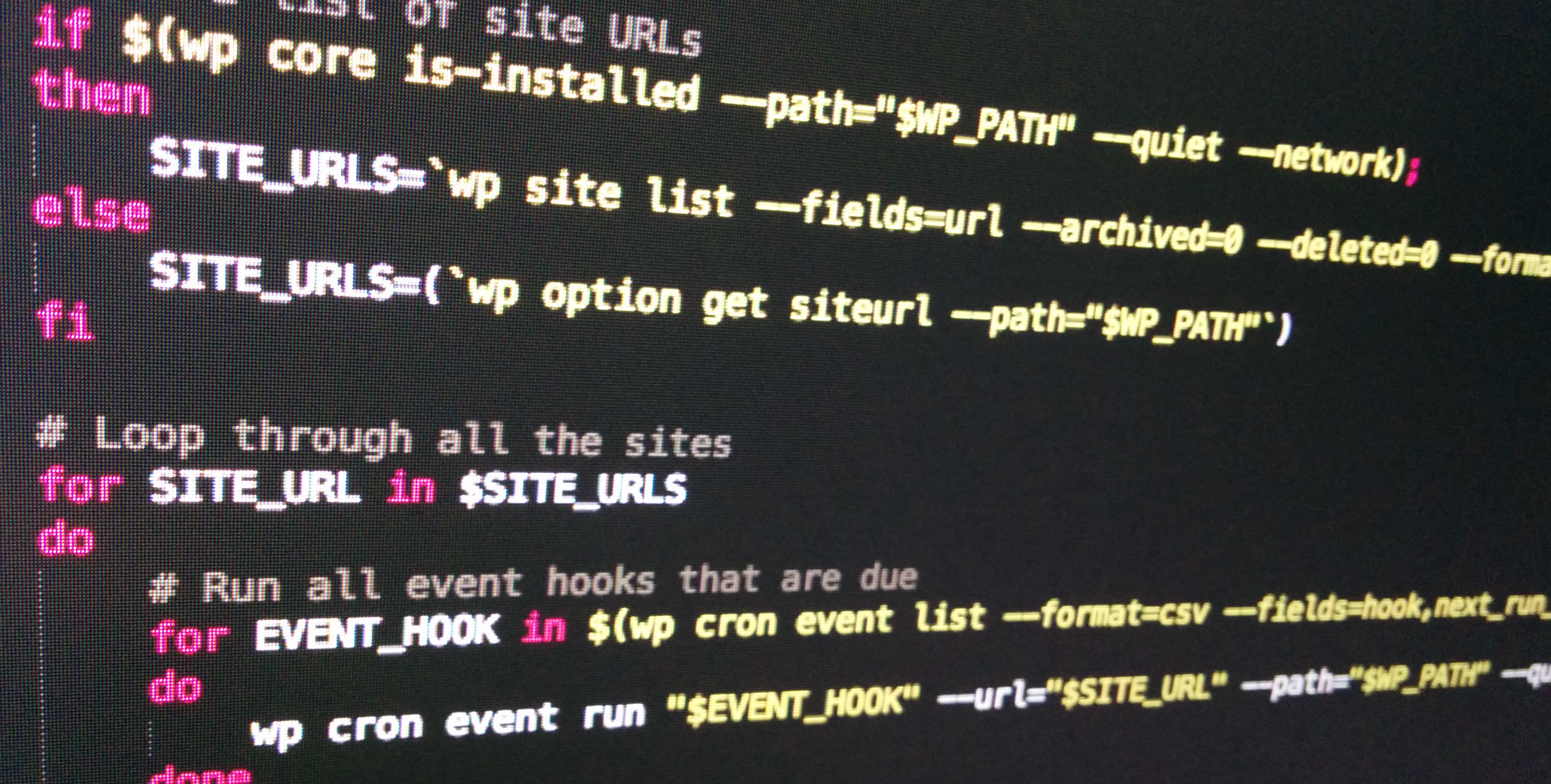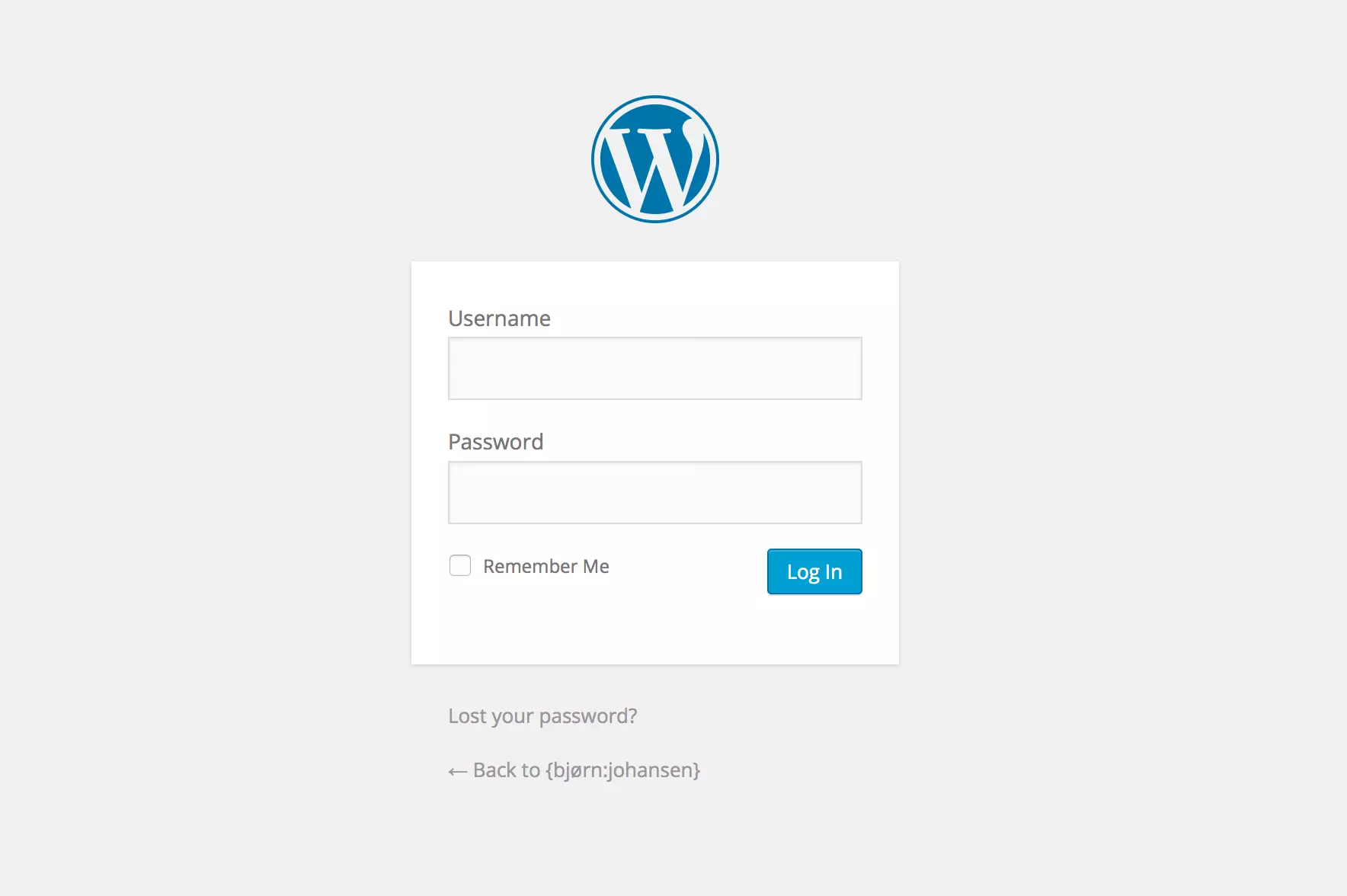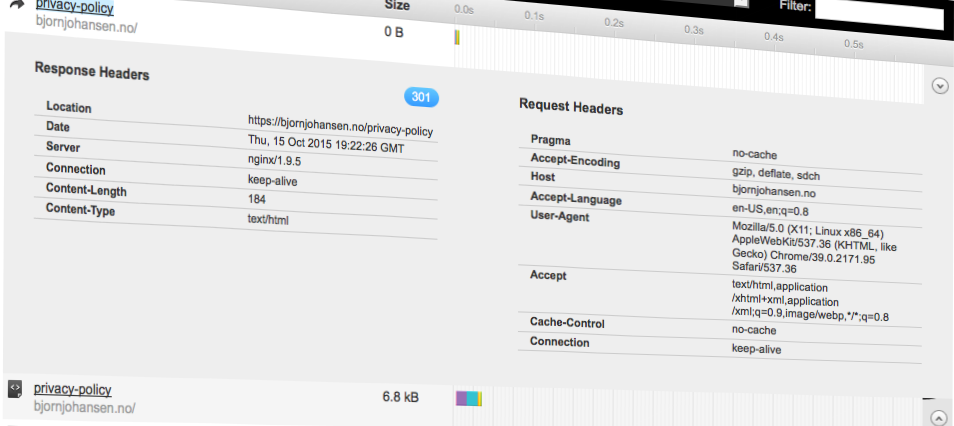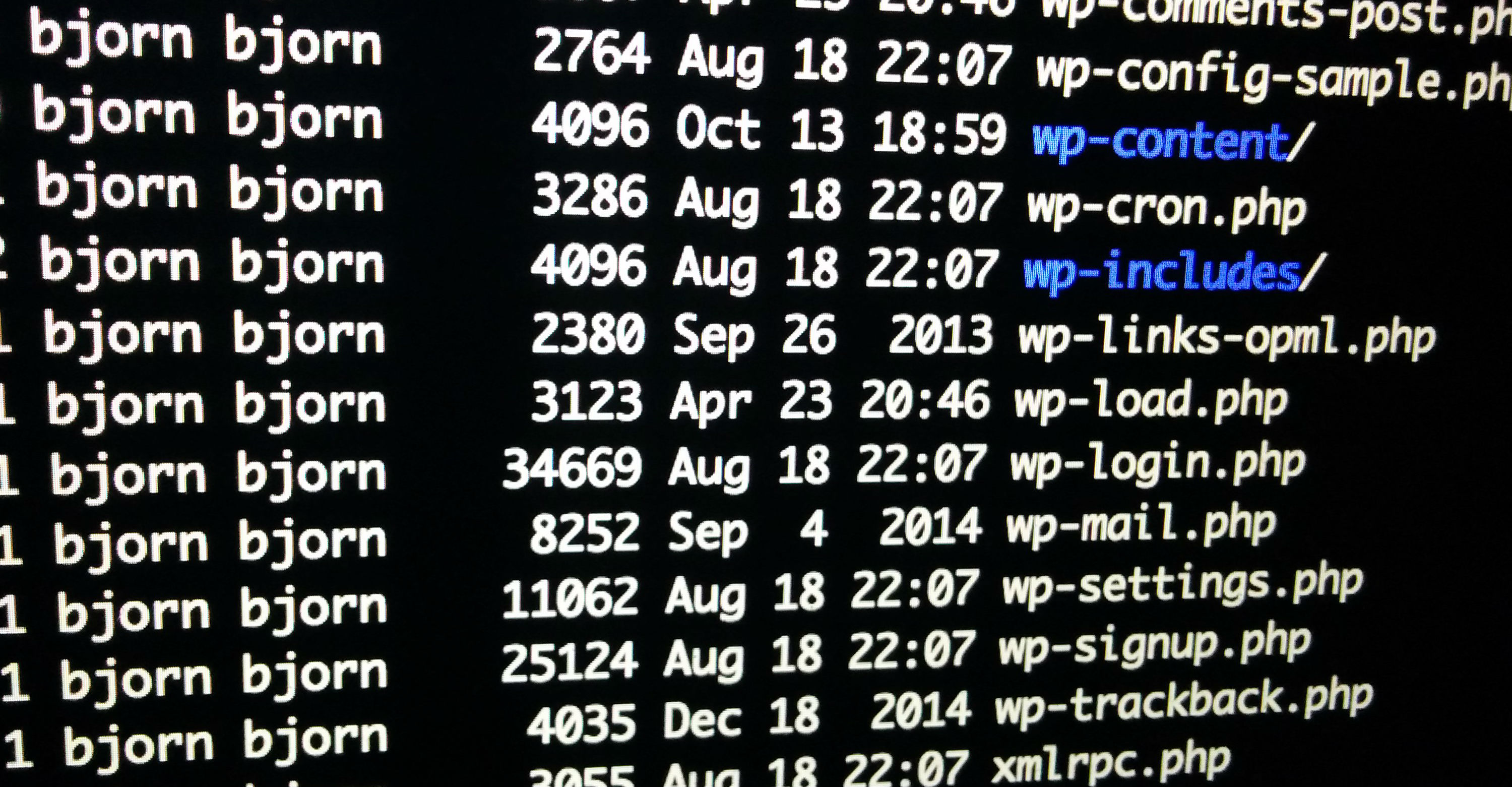Enabling uploads of SVG files in WordPress is quite easy, and there is a tonne of posts on the Interwebs explaining how you do it. Usually along the lines of:
function add_svg_to_upload_mimes( $upload_mimes ) {$upload_mimes['svg'] = 'image/svg+xml';$upload_mimes['svgz'] = 'image/svg+xml';return $upload_mimes;}add_filter( 'upload_mimes', 'add_svg_to_upload_mimes', 10, 1 );
And that’s pretty much it.
Except it is not.
Continue reading “SVG uploads in WordPress (the Inconvenient Truth)”

